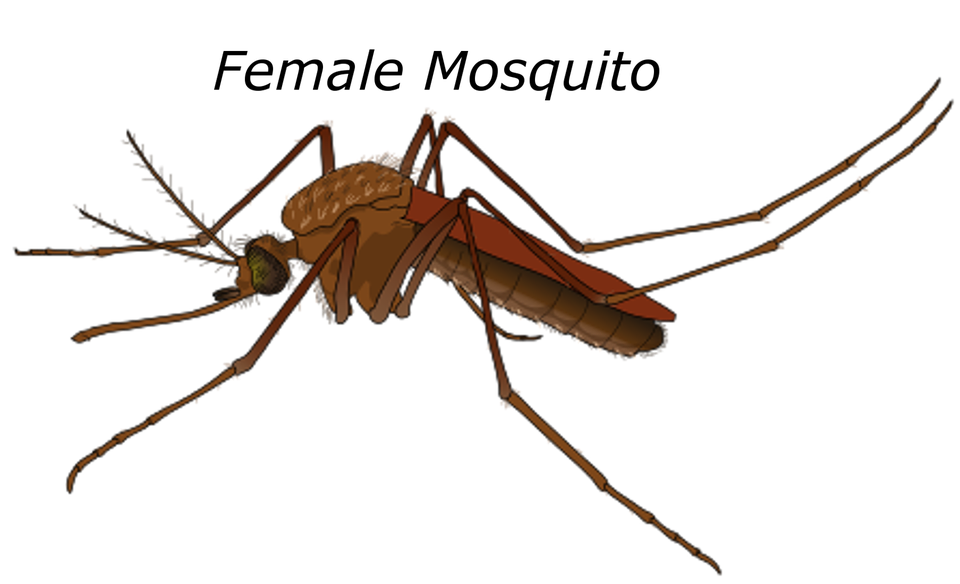
Malaria is one of the vectors borne infectious diseases. It is transmitted by the protozoan parasites belonging to the genus Plasmodium. Human beings are infected through mosquito bites. It is the female mosquito which transmits malaria. The incubation period for malaria is about 10-21 days though it might take longer in some cases. Malaria is one of the leading causes of death in the world especially in the developing nations where most of the deaths are reported in young children.
The disease is widely spread in the subtropical and the tropical regions of Asia, Africa, and America. It is estimated that about 300-500 million people are affected by malaria annually. The symptoms of malaria include fever headaches, chills, muscle weakness and aches, anemia, coughing, vomiting, abdominal pain, and diarrhea. Under severe cases, internal bleeding, liver, and kidney failure could result in coma and even death.
Early treatment is necessary to avoid complications or death. It could be fatal if not treated. Antimalarial drugs are used in the treatment of this disease although there is increasing resistance from some of the malaria strains. The treatment offered is dependent on the parasite’s resistance to the drug, the disease condition (severity) and the strain or type of malaria.
Use of drugs to prevent malaria
The various anti-malarial drugs are prescribed for use by those people who might be travelling to those regions prone to malaria. You should consult a medical professional to start the treatment in advance before your departure. You should start taking the treatment two weeks before leaving for your destination.
Common anti-malaria drugs
They include quinine, primaquine, and chloroquine.
Choloquine
Chloroquine might worsen psoriasis’s symptoms. It is mostly preferred b travelers for preventive purposes. It has no serious side effects associated with it. When the drug was introduced, it was so effective such medical practitioners thought it would vanquish malaria completely. However, in the 1970’s the drug was so widely used in the treatment of other kinds of fevers which made the malaria parasites to develop resistant against it. When this happened, doctors turned to the second type of medication by the name sulfadoxine-pyrimethamine commonly referred to as SP.
Quinine
This is a medication used in the t reatment of malaria and babesiosis. It is also used to treat arthritis and lupus. It is used to treat malaria caused by Plasmodium falciparum which is highly resistant to the chloroquine drug. However, it should not be used as the first-line medication for malaria. It is mainly recommended in special cases for instance when artemisinins are unavailable. It is not recommended for the restless legs syndrome. The drug is either taken orally or intravenously.
reatment of malaria and babesiosis. It is also used to treat arthritis and lupus. It is used to treat malaria caused by Plasmodium falciparum which is highly resistant to the chloroquine drug. However, it should not be used as the first-line medication for malaria. It is mainly recommended in special cases for instance when artemisinins are unavailable. It is not recommended for the restless legs syndrome. The drug is either taken orally or intravenously.
Primaquine
This medication is used in the treatment and prevention of malaria as well as in the treatment of pneumocystis pneumonia. It is specifically used for treating malaria caused by Plasmodium oval and Plasmodium vivax. It is also used alongside other medications for prevention purpose.